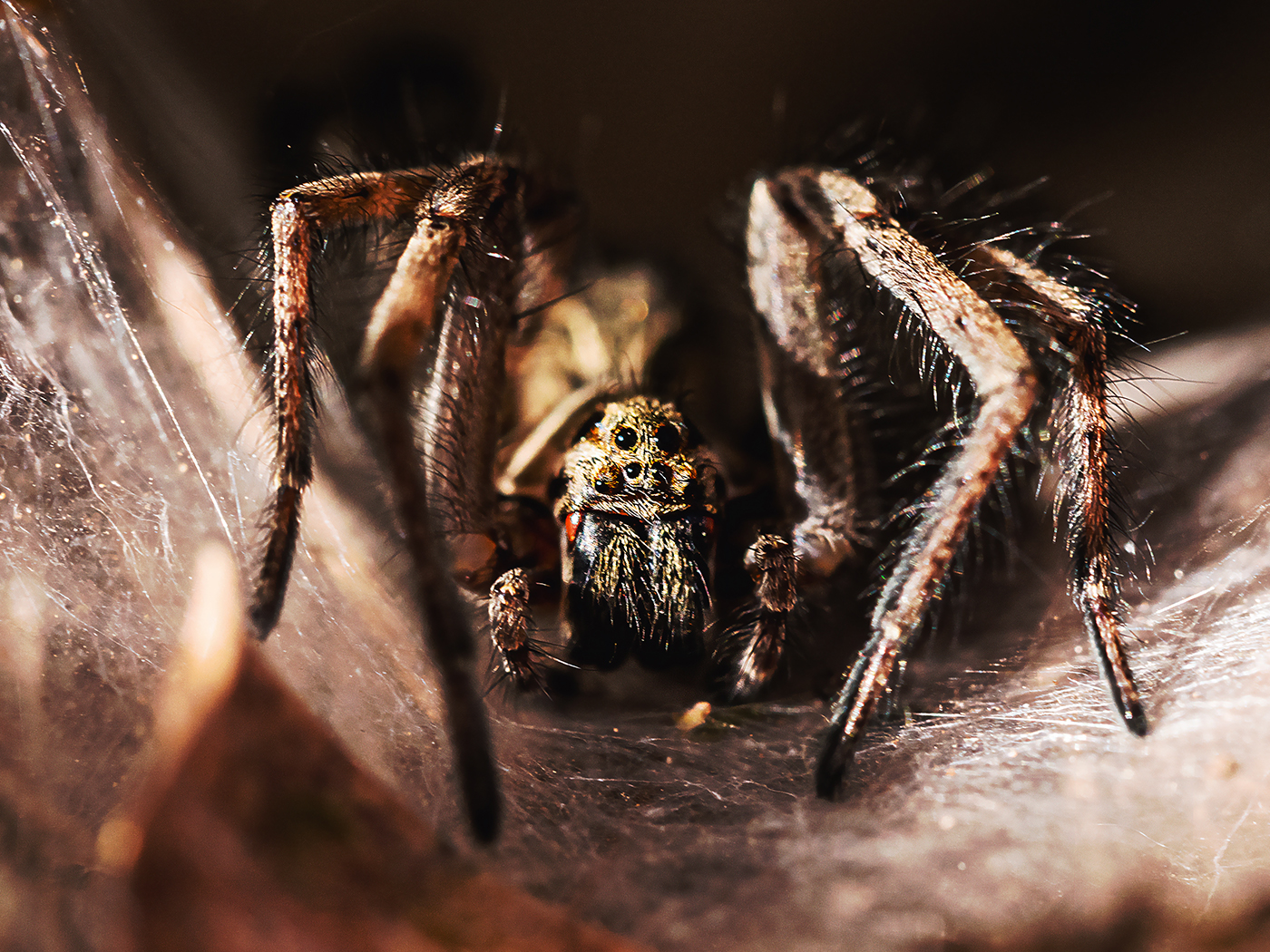Sharks are back in the news, and it’s in regard to their most formidable and fearsome structure—their jaws.
Zoologists recently studied the lower jaws of a number of shark species along with their lifestyle and published the results in the journal Communications Biology.1
To study the potential relationship between jaw morphology and the sharks' life style, a quantitative analysis was conducted using X-ray computed tomographic scans of the jaws of 90 shark species and preparing 3D reconstructions to estimate how jaw shape of sharks evolved through time.2
These researchers—who are part of an international team—reported, “The results illustrate the importance of prey, level in the marine webs and habitat in relation to jaw shape diversity among shark species.”2
Evolution is mentioned throughout the article. For example, the article at phys.org states: “How the shape of shark jaws changed during their evolution has now been investigated by an international and multidisciplinary research team...”2 But, what exactly is the kind of evolution being addressed? Real, vertical macroevolution of sharks (or any other creature) is not documented. Throughout history, sharks remain sharks.3-6
What is being reported is just variation in the mandible. Non-Darwinists would maintain such change is by way of engineered biological adaptability. In other words, this flexibility appears to be engineered within the sharks and not caused by the environment. This allows them to relate to their environment and make minor changes through appropriate innate self-adjustments. Random evolution has nothing to do with these design properties and processes. The sharks have been created with the genetic ability to move in and fill various aquatic niches.
Indeed, the article stated, “All of these adaptations allow [the sharks] to spread into virtually all marine habitats, with some species even venturing into freshwater.”2 These are clearly designed, purposeful, adaptations and not examples of “evolution driven by habitat.” The marine environment cannot exercise volitional agency, but the creation concept of organism-focused, continuous environmental tracking is clearly seen.
The article also states, “This [research] also helps to uncover the evolutionary causes of the differences in jaw morphology related to habitats.”2 There are no evolutionary causes; rather, the evidence reveals design-based features as sharks move into and adapt to new environments—seen, for example, in the changes in jaw morphology.
Sharks were designed by the Creator to inhabit an aquatic environment in the beginning.
References
- López-Romero, F. et al. 2023. Shark mandible evolution reveals patterns of trophic and habitat-mediated diversification. Communications Biology. 6. 496.
- Science Writer. Jaw shapes of 90 shark species show evolution driven by habitat. Phys.org. Posted on phys.org May 16, 2023, accessed May 23, 2023.
- Sherwin, F. and J. Tomkins. New Shark Species is Still a Shark. Creation Science Update. Posted on ICR.org January 17, 2019, accessed May 25, 2023.
- Sherwin, F. The frilled shark...is still a shark. Creation Science Update. Posted on ICR.org February 2, 2015, accessed May 24, 2023.
- Thomas, B. Shark Study Hammers More Nails in Evolution's Coffin. Creation Science Update. Posted on ICR.org June 15, 2010, accessed May 24, 2023.
- Sherwin, F. 2013. Shark Origins: An Evolutionary Explanation. Acts & Facts. 42 (12).
* Dr. Sherwin is science news writer at the Institute for Creation Research. He earned an M.A. in zoology from the University of Northern Colorado and received an Honorary Doctorate of Science from Pensacola Christian College.




















